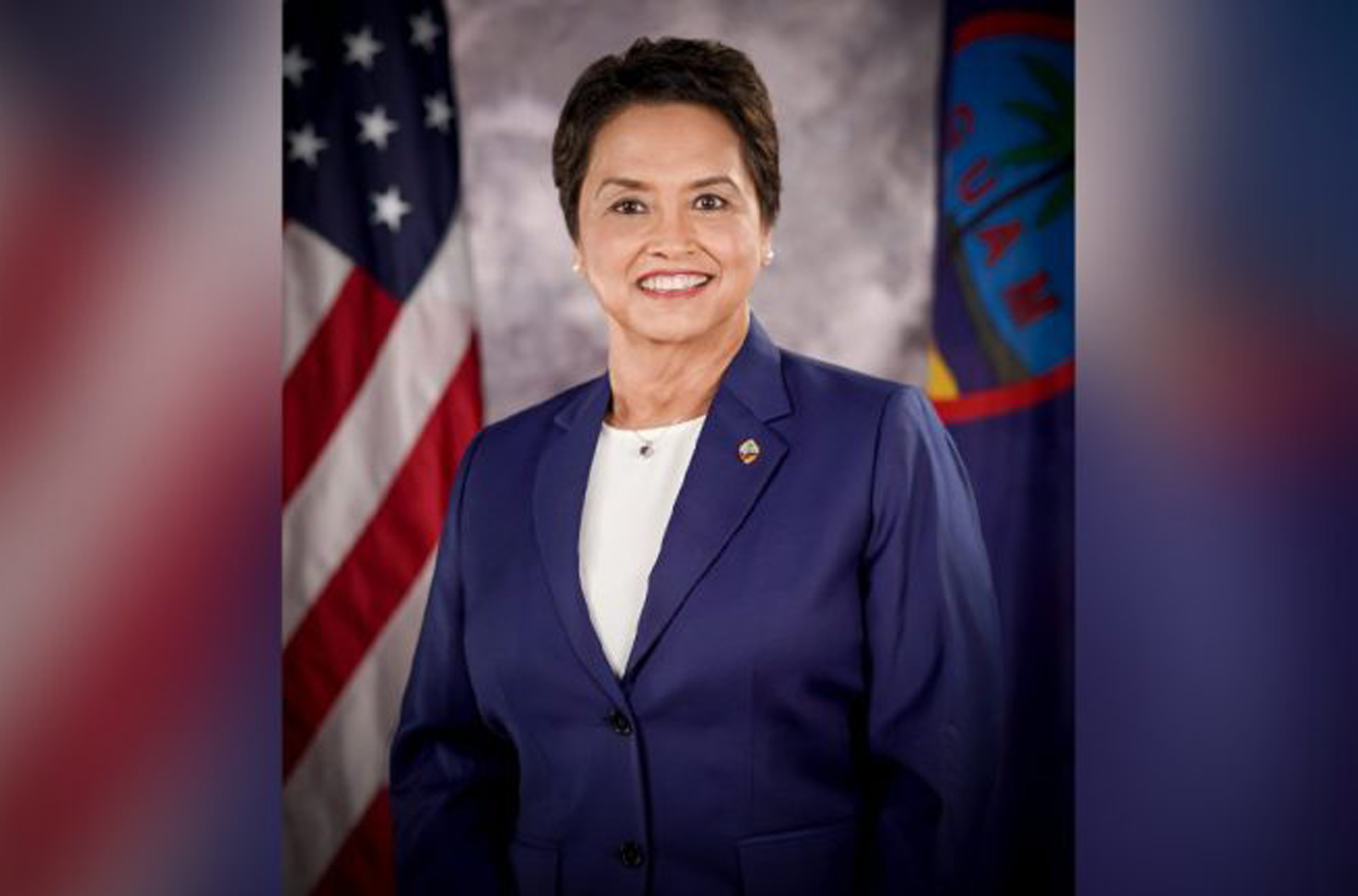
Top photo: Lourdes Leon Guerrero, Governor
The US American Civil Liberties Union (ACLU) is suing the Pacific island of Guam, a US territory, over legal restrictions that do not permit access to abortion pills via telemedicine. The current governor, Lourdes Leon Guerrero, a former nurse, elected in 2019, supports abortion rights.
Guam is a remote US territory in Micronesia in the Pacific. Before 2016, there were two abortion doctors on the entire island of Guam for a population of about 167,000 people. In 2018, Guam’s only remaining abortion provider retired and moved away, and the doctor who took over refused to provide abortion services. This meant that the closest US abortion clinic was in Hawaii, which is an eight-hour flight away (current cost US$1,000). The number of abortions on Guam dropped from more than 200 a year in 2017 to zero. The governor said officials are trying to recruit doctors to come to the island and establish clinics, but so far this has not succeeded.
The other US territories in the Pacific – American Samoa and the Northern Mariana Islands – both prohibit abortions except in very limited circumstances. All territories are partially self-governing but still under US federal rule. Hawaii was in fact the first US state to approve telemedicine for medical abortion.
In January 2021, the American Civil Liberties Union filed a lawsuit against Guam officials, including the attorney general, over restrictive laws that block people from accessing abortion pills via telemedicine, which would allow the two doctors (based in Hawaii) involved in the lawsuit to prescribe and send abortion pills directly to patients on Guam. The two doctors are part of TelAbortion, which has an agreement with the US Food & Drug Administration that allows them to provide virtual abortion consultations and medication by mail.
Guam residents have requested services from the TelAbortion project, but two Guam laws have stopped doctors from providing them. The first, a law from 1978, requires abortions be “performed” in a clinic or hospital. Criminal penalties for violating this law include prison and the loss of a medical licence. Because this law was enacted long before medical abortion existed, it is not clear how to apply it in this context. The second law was passed in 2012 and requires a doctor and patient to have an in-person meeting “in a private room” where mandated information must be shared at least 24 hours before an abortion and then reported, which bars telemedicine as an option.
There are issues of culture and religion, and broader issues of education, poverty and women’s health in Guam, where there are high rates of teen pregnancy, sexual assault and domestic violence. The lawsuit seeks a court order to render the two restrictive abortion laws unenforceable to allow telemedicine for abortion services. The case is now in court.
Vanessa Williams, a lawyer on Guam working with the ACLU, said she had received “gratitude” from people on the island for challenging abortion restrictions. “Not just because we are fighting for women to be able to exercise a constitutional right, but also because lack of access to abortion exacerbates the endemic issues of poverty and violence Guam faces.”
SOURCES: abortion-news.info, by Michelle Broder Van Dyke, 22 February 2021 ; The Guardian, by Michelle Broder Van Dyke, 22 February 2021 ; The Federal, including photo, 27 June 2019



